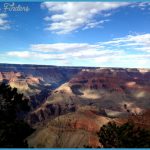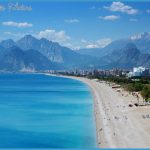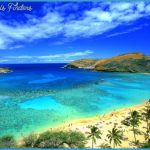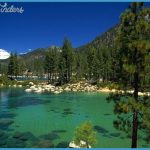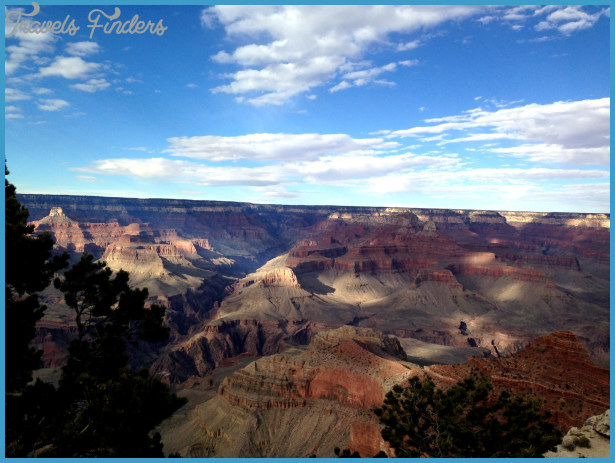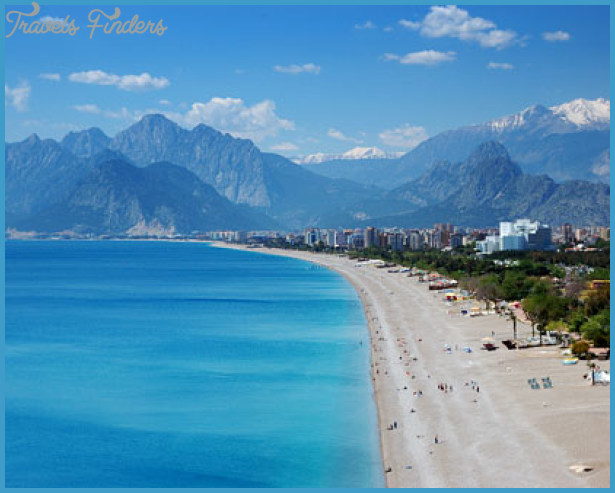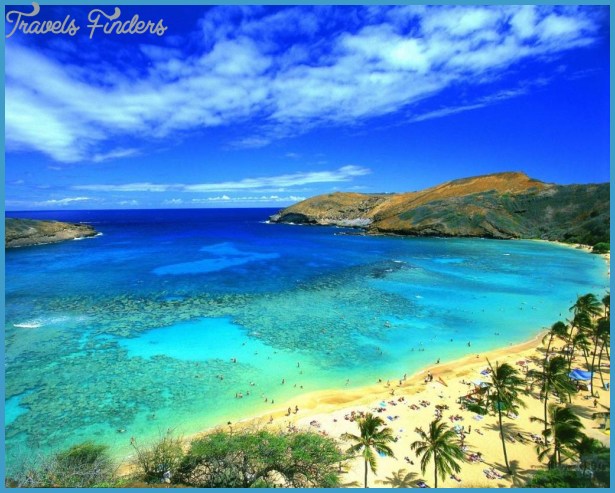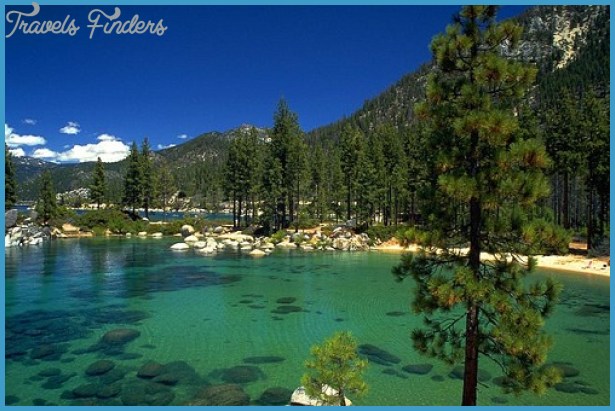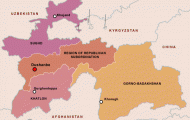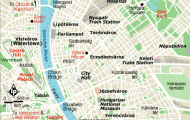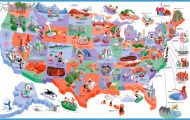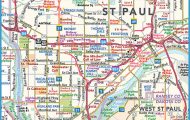OLE LAKE-NORTH STAR RUN
For about 2,500 years, white pine was restricted to the area north of Lake Superior. Its advance westward into the central part of the state was stalled during an interval known as the prairie period. During this time, a warmer and drier climate led to the eastward expansion of western prairies, and jack pines and oaks, and forest fires, were more prevalent. Then, about 4,000 years ago, the prairie/forest border began to shift westward. When it did, the white pine followed at a rate of about 65 miles per one thousand years. Since about 2,500 years ago, changes in the distribution of white pines have occurred more slowly. Prior to settlement by European immigrants, as Country’s climate slowly became cooler and more moist, the range of the white pine had been decreasing.
MILES DESCRIPTION
0.0 Follow the trail at the northwest corner of the parking lot and in 195 feet reach a three-way intersection. Take the left trail to the Sentinels, passing the Moose Horn Trail to the right, and the Slim Lake Trail which continues straight ahead.
0.2 Pass a trail coming in sharply on the left.
0.3 The Sentinels. The circuit begins at the trail intersection 80 feet beyond the twin white pines; turn left, passing the trail that continues straight ahead.
0.5 Cross the Troll’s Bridge.
0.6 Trail intersection; continue on the Hug-A-Tree Trail, passing the trail to the right.
0.9 Cross a private road and continue on The Griz.
1.3 Intersection with a road; turn right.
1.4 Trail intersection; turn left on the Ole Lake Trail, passing trails that continue straight ahead and to the right.
2.1 Enter the BWCAW.
2.5 Turn right off the road onto a footpath.
3.0 Ridge overlooking Ole Lake (47° 58′ 28.9″ N 92° 1′ 33.4″ W).
3.5 The trail enters a narrow stream valley and continues across the top of an old beaver dam and climbs the bank on the other side.
4.7 Overlook of Silica Lake and Coxey Pond from a rock outcropping on the left.
5.0 Junction with a road going right and left; turn right.
5.3 Exit the BWCAW.
5.6 Junction with a road going right and left; turn right. In about
0.10 mile, leave the road by turning left on the North Star Run, passing the trail to Repose Lake on the right. The trail shortly reenters the BWCAW.
6.1 Trail intersection; pass Lost Lake Trail on the left.
6.6 Trail intersection; pass Barren Ridge Trail on the left.
6.8 Trail intersection; pass trails to the right and left.
7.1 Exit the BWCAW.
7.4 Trail intersection; pass Thor’s Trail on the right.
7.7 Trail intersection at the Sentinels, completing the circuit. Continue straight ahead to return to the trailhead.
7.9 Bear right as the trail forks.
8.0 Trailhead.
It is interesting to note that, by the 1640s, officials in England were loosening many religious strictures and were becoming somewhat more tolerant in matters of dissent. Best destinations USA However, the geographical distance of the Massachusetts Bay Colony from England, combined with the founders’ and leaders’ view of their own role as the traditional nursing fathers of Puritanism and orthodoxy, resulted in the colony’s isolation from any shift toward more liberal viewpoints on religious matters. While many of Winthrop’s attitudes may be difficult to understand, it must be remembered that he and his fellow leaders were driven by two strong impulses that reinforced each other. Foremost was the vision of a Promised Land in the wilderness. The sense of God’s protection, sanction, and commission in the unknown of the new land was coupled with a sincere belief that the colonists particularly their leaders would be called to account for their actions in God’s behalf at the Judgment Day.

